Review: 2021 BMW M4
One of the most celebrated artworks of 20th century is a urinal, and not in the metaphorical sense. Marcel Duchamp bought a garden-variety pissotière from a sanitation supply company, literally turned it on its side, and presented it as art. He called the piece Fountain—an invitation for the viewer to reexamine a readymade industrial object in a fresh context. The genius here is the absurdity of the entire exercise, the way the viewer is in on the joke: Urinals do not belong in art galleries.
Context is essential here. Anyone hopping into the new BMW M4 and expecting a reborn E30 M3, or even an E46 M3, will be sorely disappointed. The appeal of the original E30 was its indisputable ties to racing, and the resulting sales proved it utterly irresistible to dedicated niche of BMW dorks and completely unpalatable for the general public. Imagine if BMW today tried to sell, at a considerable premium, a high-strung M440i with a four-cylinder engine, that wasn’t any faster in day-to-day use and didn’t look meaningfully distinct to the average observer. It would never happen. BMW M is practically a brand of its own these days, and its reputation plays a significant role in selling cars, whether they’re proper M products or not. The whole context has changed, as has the customer base, as have the cars themselves. So it goes.

The mere existence of the X5 M demonstrates the extent of this transformation. Even so, the M4’s enthusiastic redesign came as a shock to the whole industry. When BMW first released images of it, with that oversized double-kidney nose, I naively hoped it was some kind of, well, absurd German hoax in the vein of the Voltswagen PR stunt. A brand poking fun at itself through the distortion of a funhouse mirror, in service of precious internet likes. Obviously that is not the case, but even if it were a joke, the punchline would be the way BMW loyalists adorably cling to their gospel.
Does such a polarizing design belong on a BMW M4? Surely the answer to that question is a matter of taste, and you might think that my mentioning the M4 in the same breath as a lopsided toilet is the preamble to some sort of elitist, escargot-smeared takedown. That is not the case. If anything, it’s an acknowledgement of this car’s ability to provoke thought and invite discussion. And as with Duchamp’s Fountain, the joy of the new G82-gen M4 is discovering how much meaningful substance exists beyond what is visible on the surface.
Controversial styling aside, BMW once again brings the heat under the hood. Packing 473 hp and 406 lb-ft of torque from its twin-turbo 3.0-liter straight-six (codename S58), the M4 now makes almost 50 hp more than the outgoing F82 model. The M4 Competition summons 503 horses and 479 lb-ft from the same engine, albeit paired exclusively with an eight-speed automatic transmission and with the option of all-wheel drive. Do yourself a favor and ignore the Competition model, because the standard M4 is the only way to get a six-speed manual gearbox—something neither the fire-breathing C63 AMG nor the effortless Audi RS 5 can match. Now that the M4 has added active sound control that muffles engine noise, a 10-way adjustable stability control system, and a gimmicky feature in which a computer actually rates the quality of your drift, the analog appeal of three pedals and a gear lever has never been more obvious.

Sticking with the stick also yields the lightest M4 of the bunch, weighing 50 pounds fewer than with the automatic. That’s no minor factor either, given that the G82 is larger in just about every dimension than its predecessor. At this size and footprint, the M4 feels more hyper-athletic GT car than over-achieving sport compact. It’s priced that way, too. Our loaded test car lightens the wallet to the tune of $93,795, an eye-watering sticker price that includes $21,000 in options on top of the $72,295 base price. The lion’s share of that premium rests at the feet of the M4’s carbon-ceramic brakes, an $8150 option that isn’t much use on the street but can slough off a serious pounding on track.
The other pricey add-on is BMW’s $3800 Carbon Bucket Seats package. Though they do shave considerable weight (21 pounds) and somehow retain automatic adjustability even for width, the seats’ bolstering (to say nothing of the retina-scarring color) is so excessive that ingress and egress are genuinely challenging even for my still-limber 31-year-old body. Your passengers—particularly the ones who already think your new car makes you look like a try-hard—will not appreciate having to heave themselves into the car, only to flop directly onto a trim piece that serves as a rather sub-optimal landing pad for certain tender bits. That carbon-fiber crotch divider is the sort of detail that is supposed to look cool—like some sort of lightweight bladder evacuation trough for endurance racing (another urinal reference, yes)—but in practice is just nonsensical. That said, the seats are extremely supportive and comfortable once you’re settled; anyone anticipating regular track use would welcome the trade-off. Everyone else should stick with the standard sport thrones.
Though many will find it horrific, the $2250 Yas Marina Blue interior adds a healthy dose of color and personality to BMW’s usually chilly environs. And if you like the look of carbon fiber, the carbon interior package ($950) slathers it all over the place from the steering wheel spokes to the dashboard trim, center-stack storage door, and center-tunnel trim. The back seat is reasonable for a car of this size, and the trunk is plenty large enough to swallow a few suitcases for a longer trip. As a daily driver that can also double as road-tripper or heroic track tool, the M4 is tough to beat. Prefer four doors? The M3 will roast tires and draw stares just as well.
OK, enough about how the M4 looks; let’s dive into that S58 engine. It’s essentially an evolution of the outgoing car’s 3.0-liter twin-turbo straight-six, retaining the same closed-deck block design and forged crankshaft as before, but now using cylinder heads with 3D-printed cores that are lighter and allow for more efficient coolant routing. In practice, the engine is also markedly better than before in some crucial ways. For one, the F82 produced its peak torque from 1850 to 5500 rpm, leaving 2000 rpm before the redline where not much else was happening. In the new engine there is a greater sense of gradual power swelling to redline. Peak torque hits a bit later, at 2650 rpm, and tops out at 6130 rpm before the 7200-rpm limiter. You get neither the telepathic response of the E46’s natural-breathing six nor the high-revving shriek of the E92’s V-8, but this engine is wickedly powerful and flexible. Zero to sixty arrives in a claimed 4.1 seconds. First gear is fairly tall, so you can pull away from stoplights with authority and need only ponder second gear once far from the scene of the crime. The engine has more than enough low-end torque to facilitate city driving without needing to constantly shift, but if you want to do the three-pedal dance on a winding road, the M4 is more than happy to follow your lead.
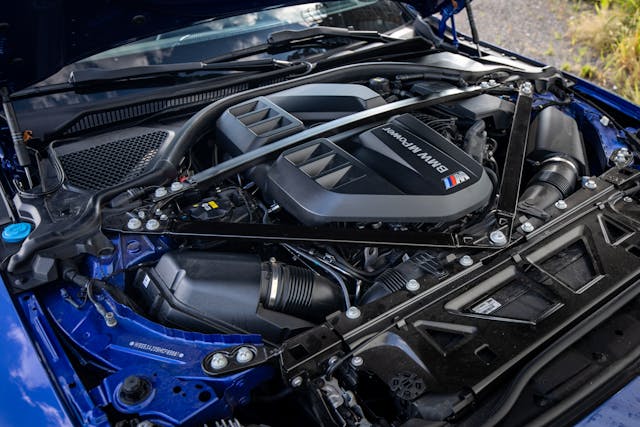
The gearbox should feel familiar to anyone who’s owned a stick-shift Bimmer. Throws are short but not hyper-precise, with a rubber-like quality as you engage each gear. Automatic rev-matching is included, and it works well but can be defeated if desired. Porsche 911 and Ford Mustang transmissions are notchier, but the springy shift lever and high clutch take-up will greet M3/M4 veterans like an old friend.
Same goes for the ride/handling balance, which is back to expert E46-era form. Much more so than the F82 M4, which was stiff to the point of brittleness and a bit twitchier under power, the latest M4 gobbles down ribbons of pavement with the confidence of Joey Chestnut on Coney Island. And although there remains an overwhelming degree of adjustability—Comfort, Sport, and Sport Plus for the suspension—the adaptive system can automatically adjust dampers at each individual wheel for optimal response. The result is a chassis that never feels caught out, regardless of the chosen drive mode. In fact, the range of adjustability for the steering (two modes), brakes (two modes), and engine (three modes) is actually quite subtle compared to past BMW M cars, where flipping into different modes would cause dramatic changes in behavior.
The M4 rarely wants for grip. Turn-in is sharp, and adjusting the car’s line with the throttle mid-corner is a breeze. For a car with so much capability, there’s a surprising amount of fun here even at low speeds. Beating on the M4 isn’t necessary to have a good time with it, but you’ll never regret doing so. Steering feel, too, is surprisingly good by modern BMW standards. There’s a natural weightiness to it at speed, and parking maneuvers are effortless. The right feedback is there, but the liveliness is a tad lacking. To stick with the modern art theme, if the M4’s steering is Rothko—clear and uncomplicated—the Giulia Quadrofoglio is like Pollock—thrilling, packed with color, and bordering on chaotic. (In a good way.)
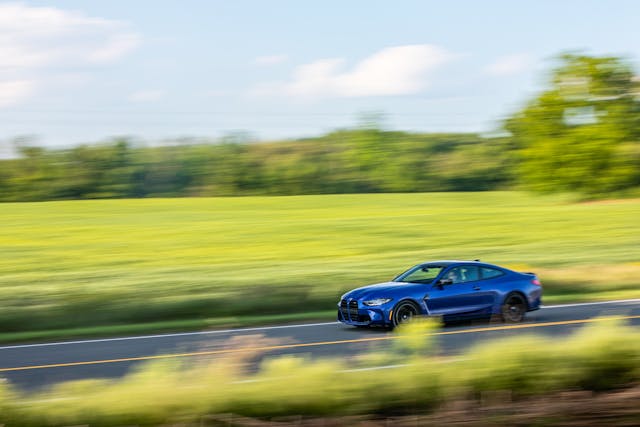
The smattering of various M-ified features and trim pieces on this car is fairly chaotic in its own right. M Dynamic Mode (MDM) is the midway state between all-nannies-all-the-time and full stability control defeat. That’s easily confused, however, with “M Mode”—a button that changes the digital instrument cluster display and modifies driver assistance systems in either Road, Sport, or Track settings. But if you want to change the brake feel or steering, you have to hit the “Setup” button and then fiddle with the various sliders to your liking. Lost? We’re not done yet. Within the Setup menu, you then can disable stability control to activate M Drive Professional ($900). Does it summon a race driver to the nearest dealership? Change your middle name to “M Sport?” Laser-etch a tri-color M livery on your forehead? All believable, but in this case it’s a feature for monitoring and recording track data, including the aforementioned Drift Analyzer that takes most of the fun out of doing a drift.
All of this extraneous silliness is an inescapable part of the M shtick nowadays. Maybe it appeals to the same kind of people that find the M3 and M4’s new design to be edgy and cool. With the M2 now inhabiting the role of muscle-bound pocket rocket, the way M3s of old once did, it should not be surprising that the M4 is exploring a higher-tech, upmarket identity and dropping all pretenses of sports-car purity. The context has simply changed.
Duchamp eventually abandoned art, becoming a chess master because he regarded the game as sacrosanct and impervious to commercialism. Building cars isn’t. The M4 in its current form is, in many ways, the business-savvy consequence of every great M car before it. But that doesn’t mean it’s devoid of merit, either. It’s an entertaining, every-day-usable means to enjoy driving in just about any context. Resist some of the more costly options, and there’s no need to be knocking on the door of base Porsche 911 prices, either. If you’re going to buy one great new performance car before electric motors become unavoidable, you won’t be flushing it away on the M4. Just try not to put it on a pedestal.
2021 BMW M4
Base price/As-tested: $72,795/$93,795
Highs: Expertly tuned suspension, smooth engine with lots of torque, satisfying manual transmission.
Lows: Unflattering design, overcomplicated interior controls, carbon bucket seats unfit for most people’s daily use.
Summary: Once the type of car that could fly under the radar, the M4 is now all about being seen. Don’t let that distract you from what is otherwise a sensational sports car.


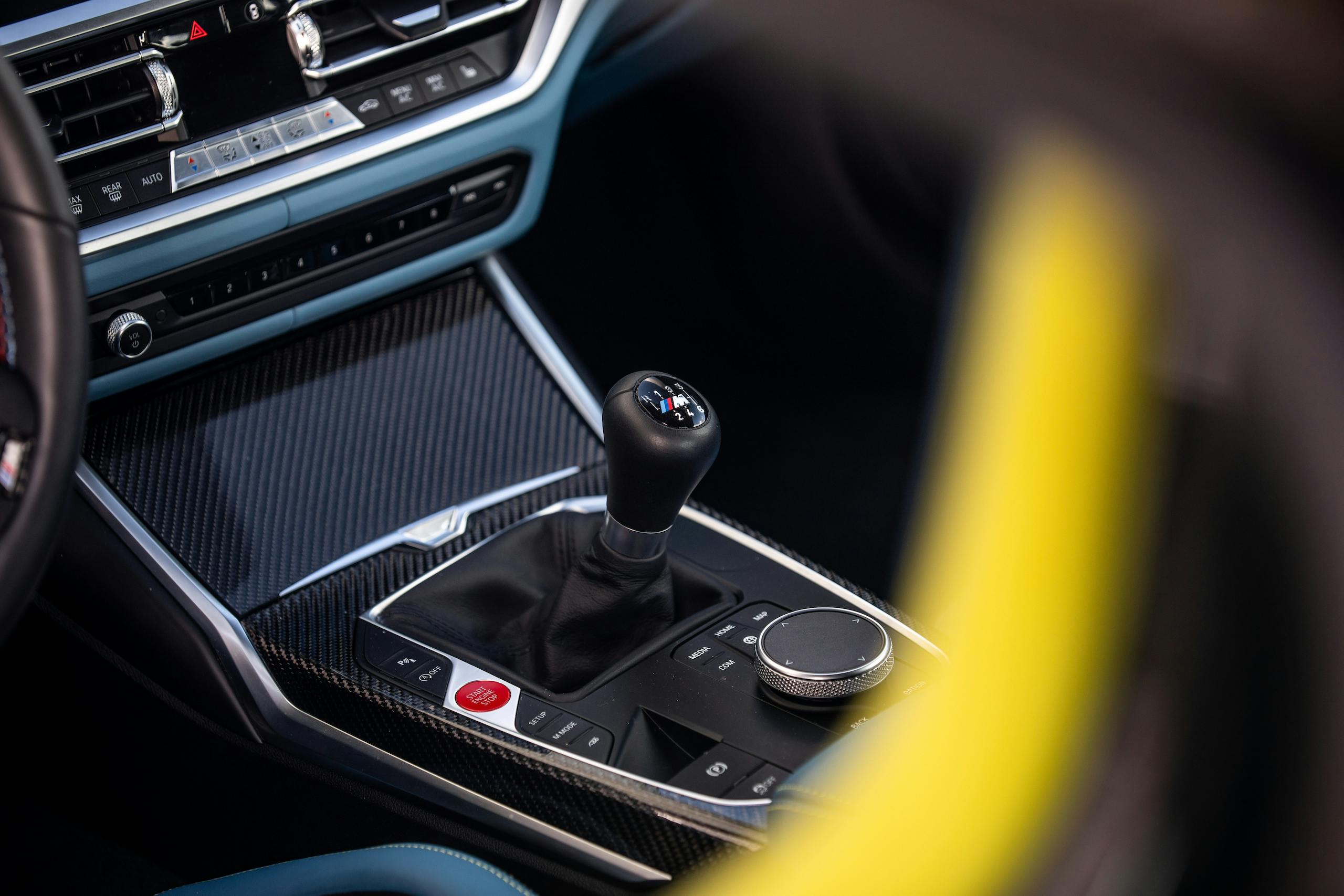
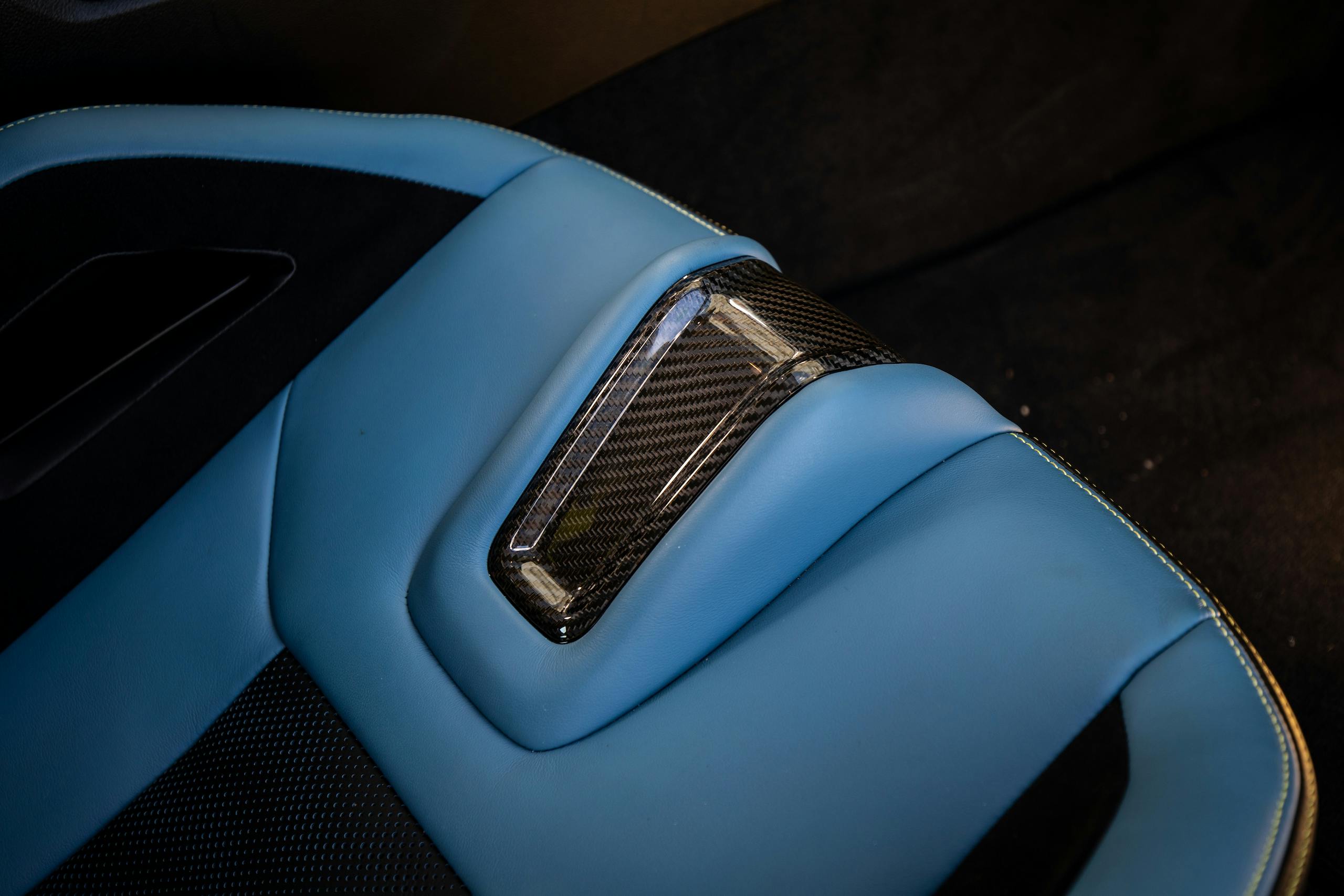

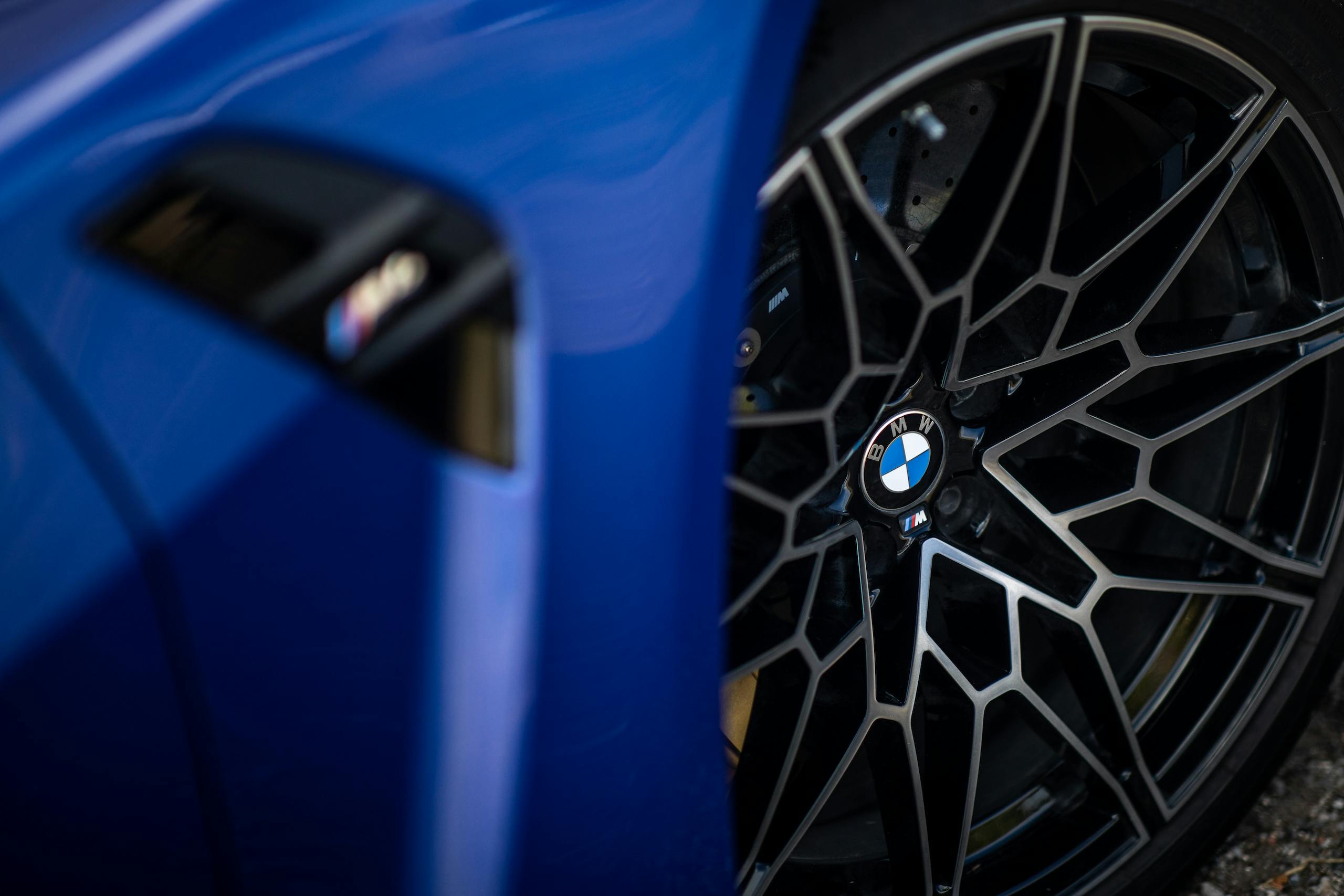
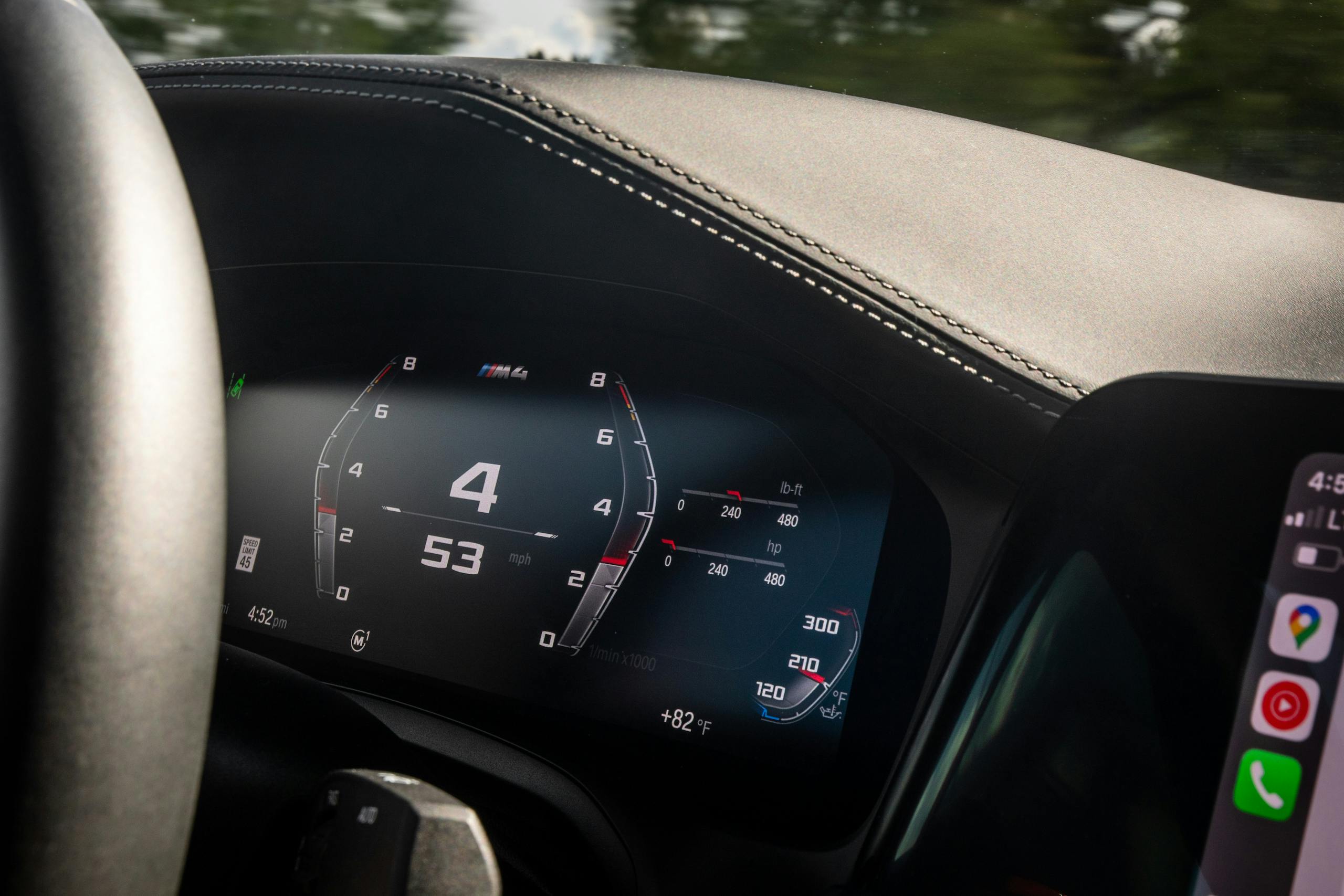
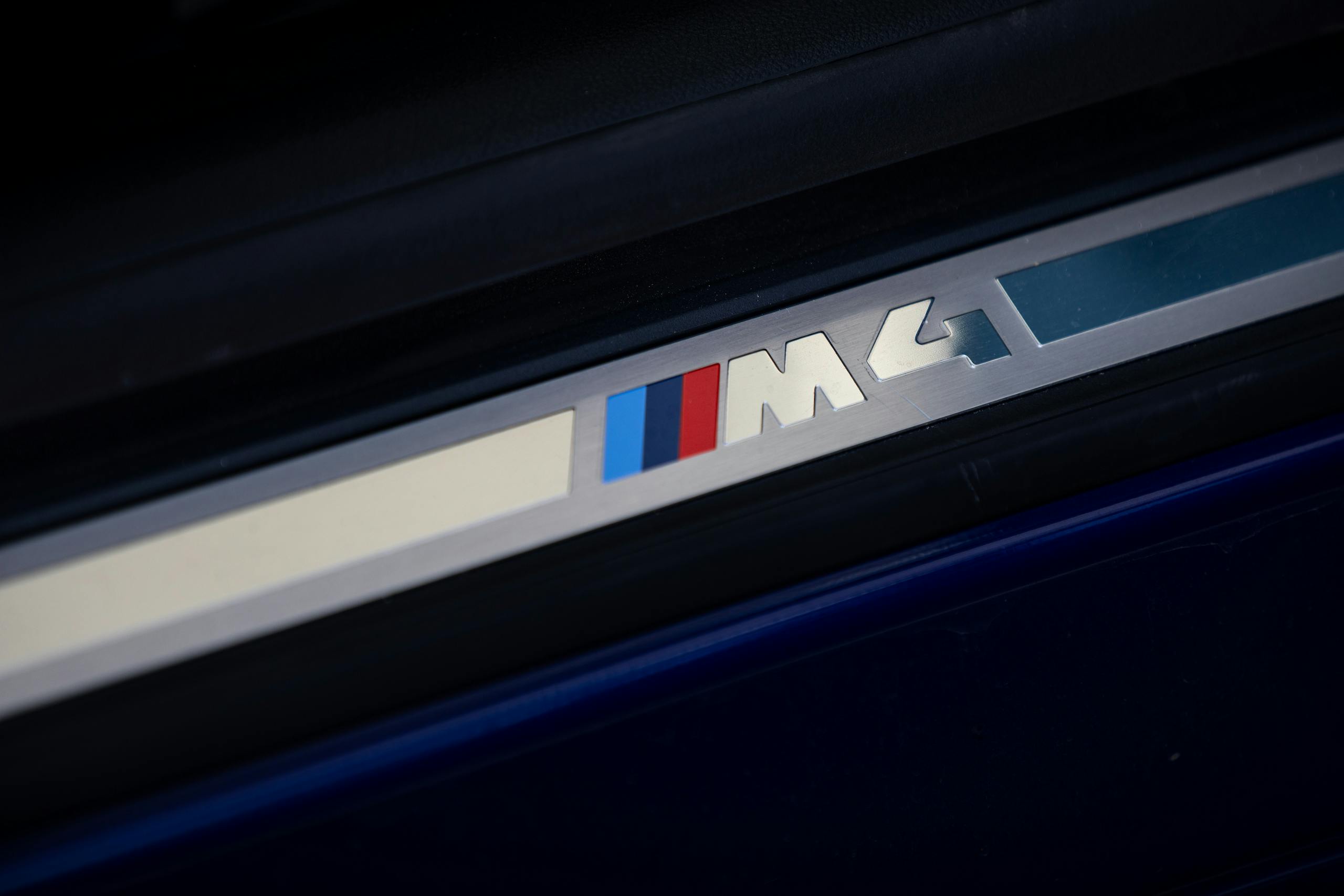
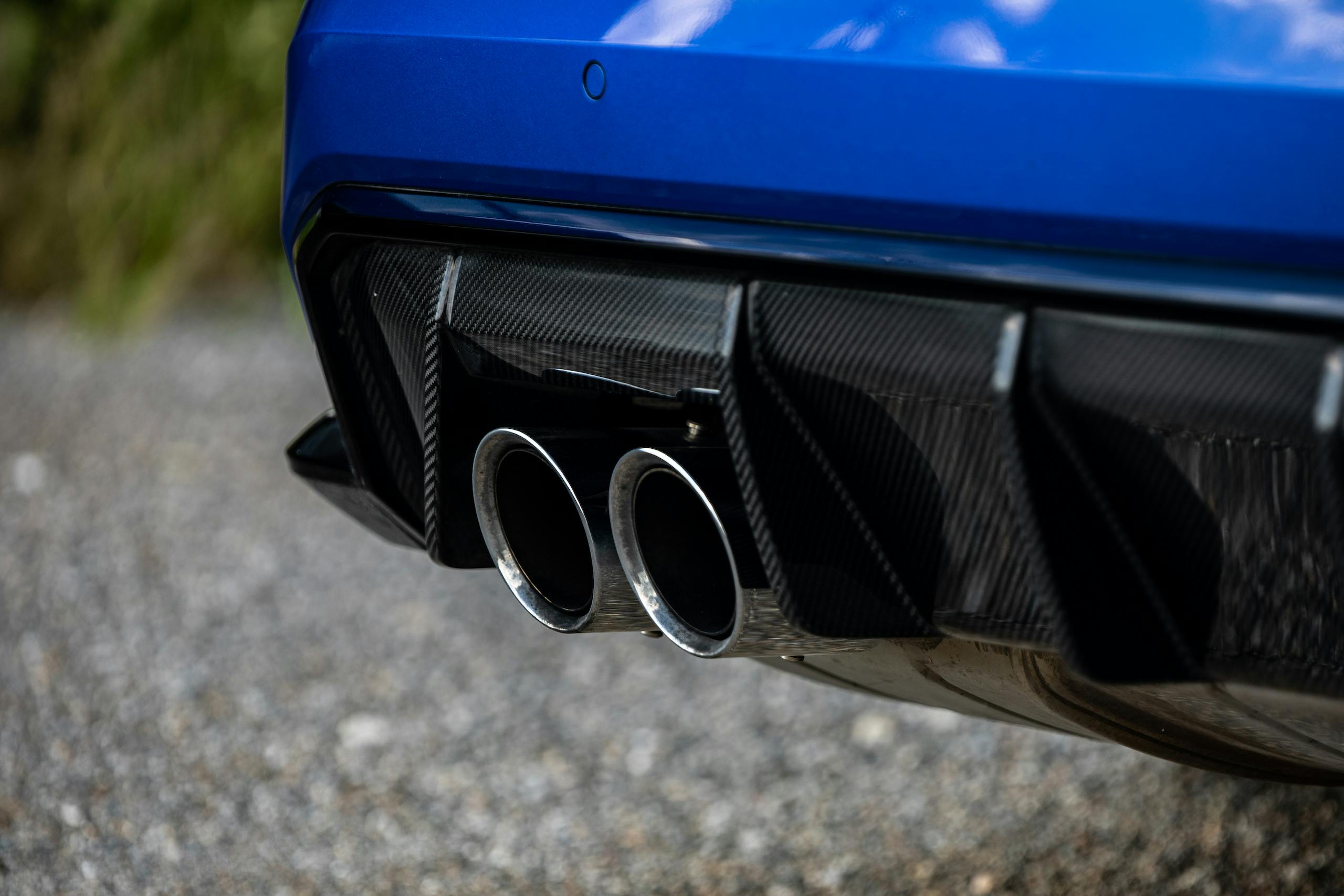
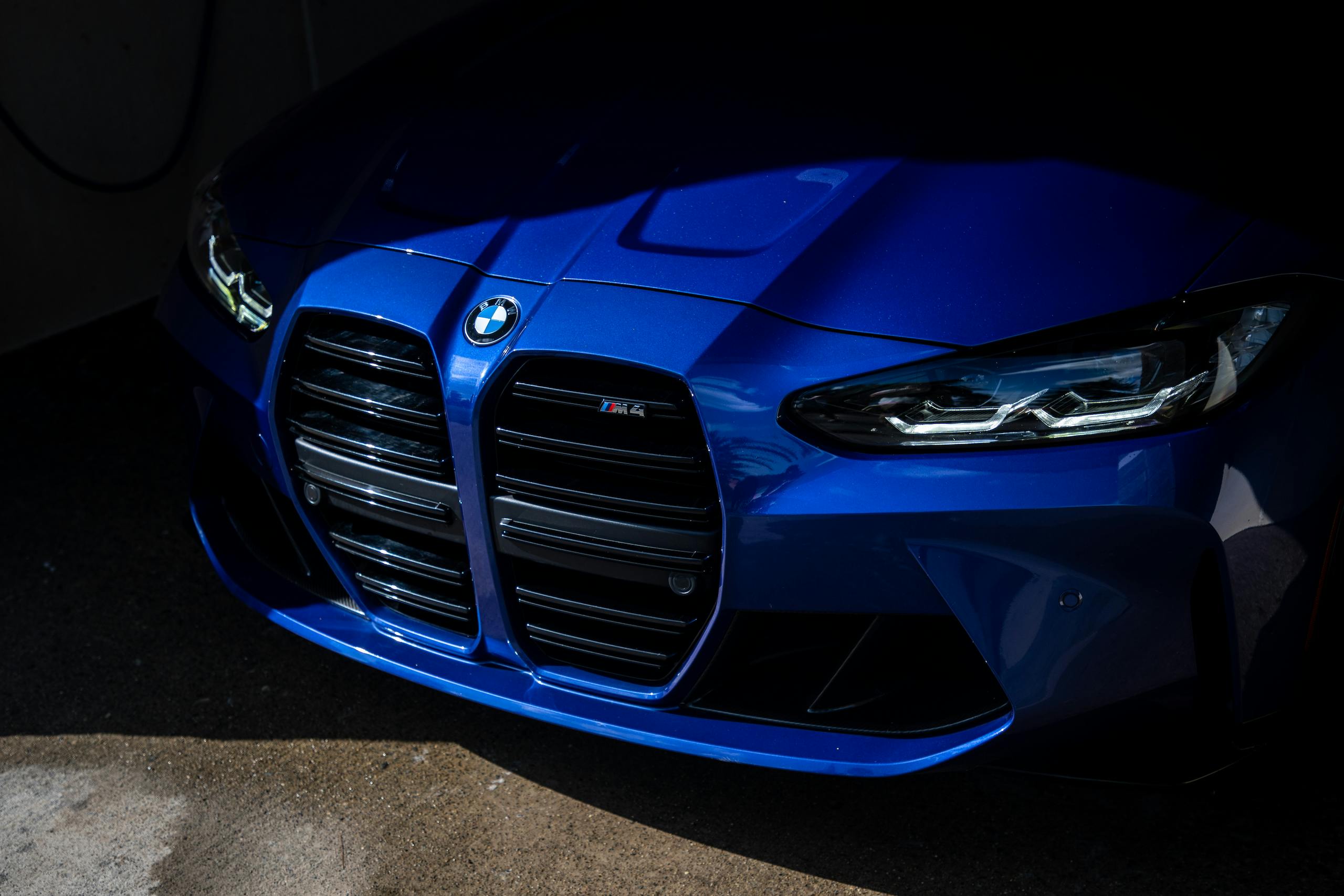
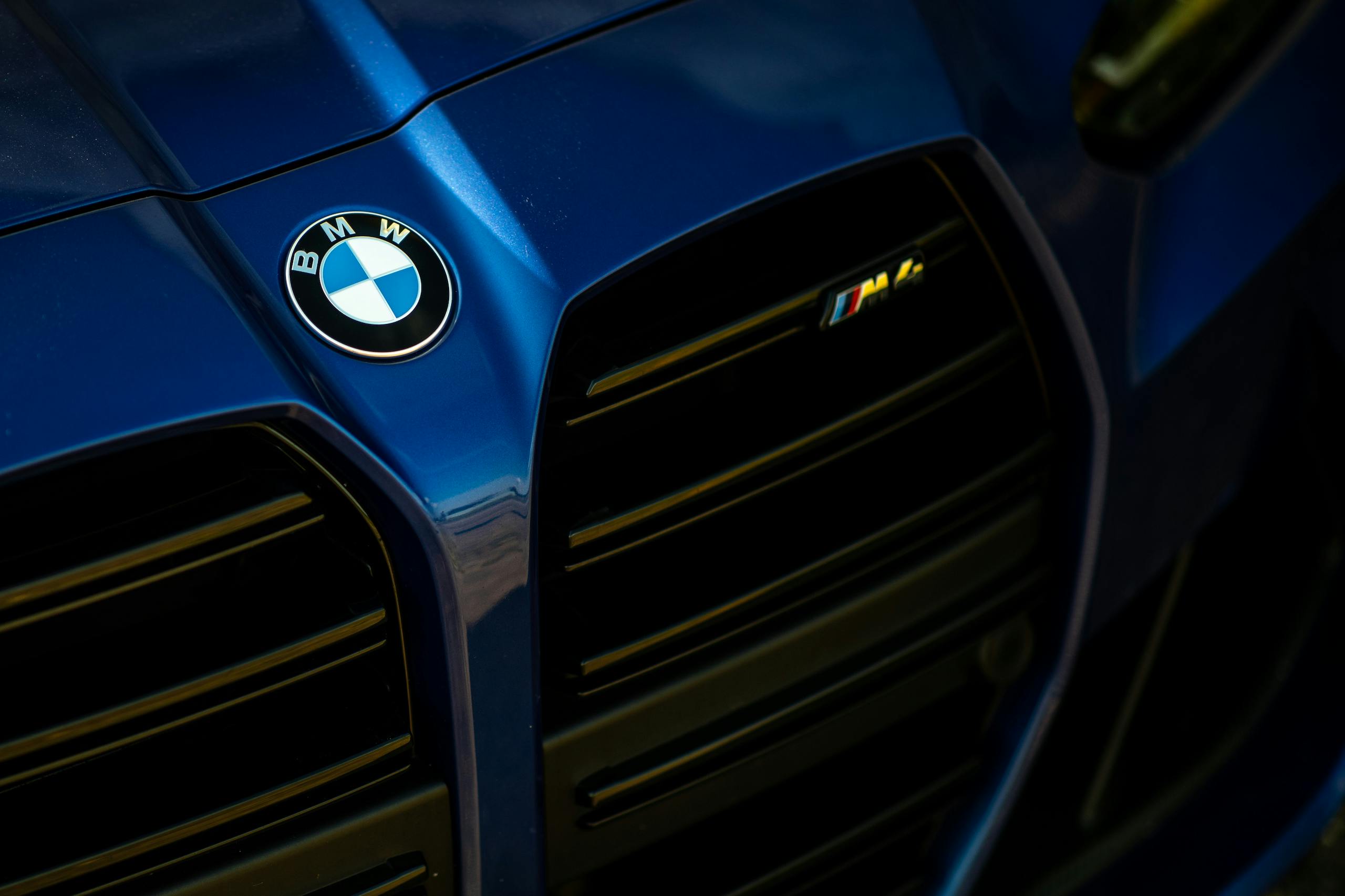
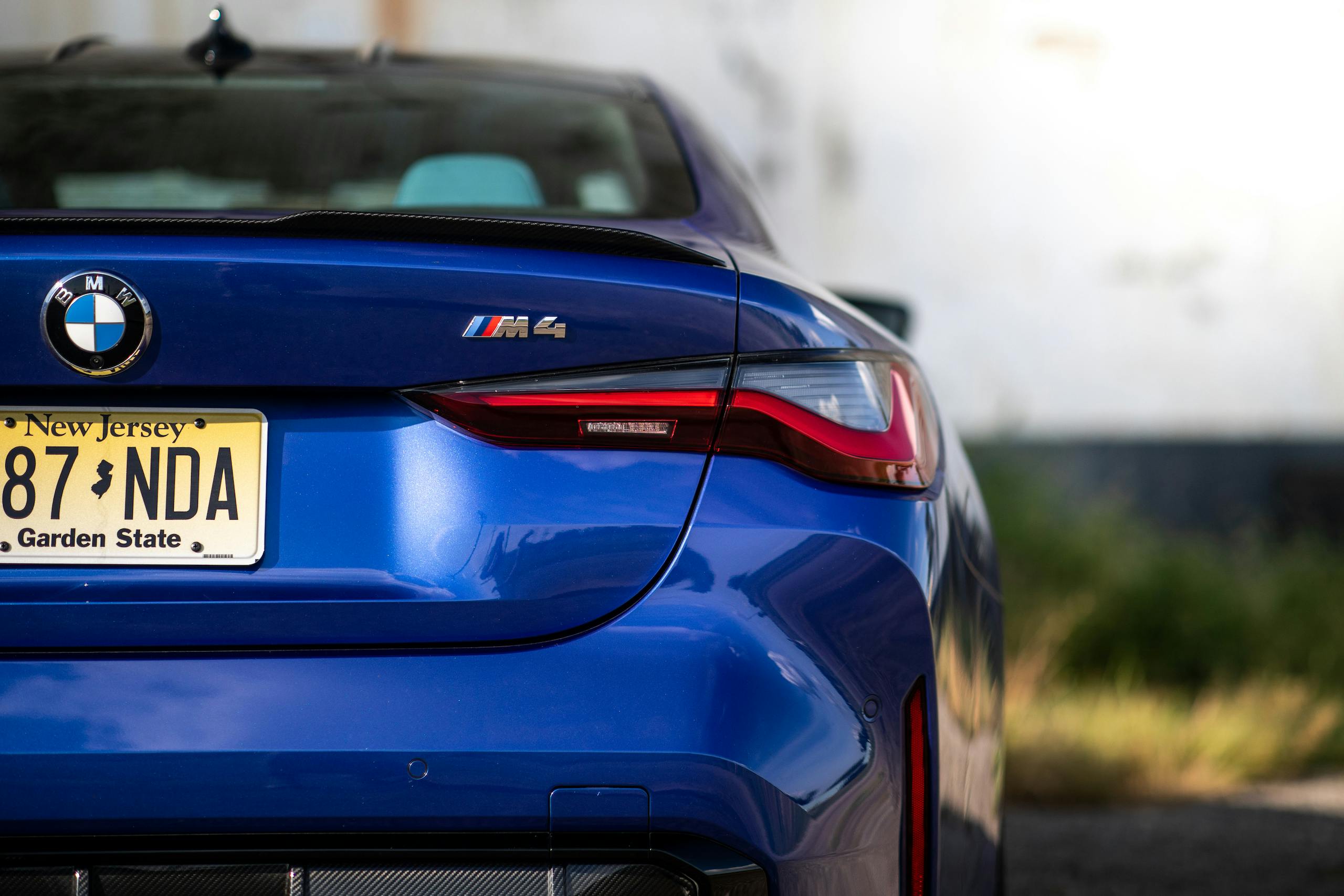
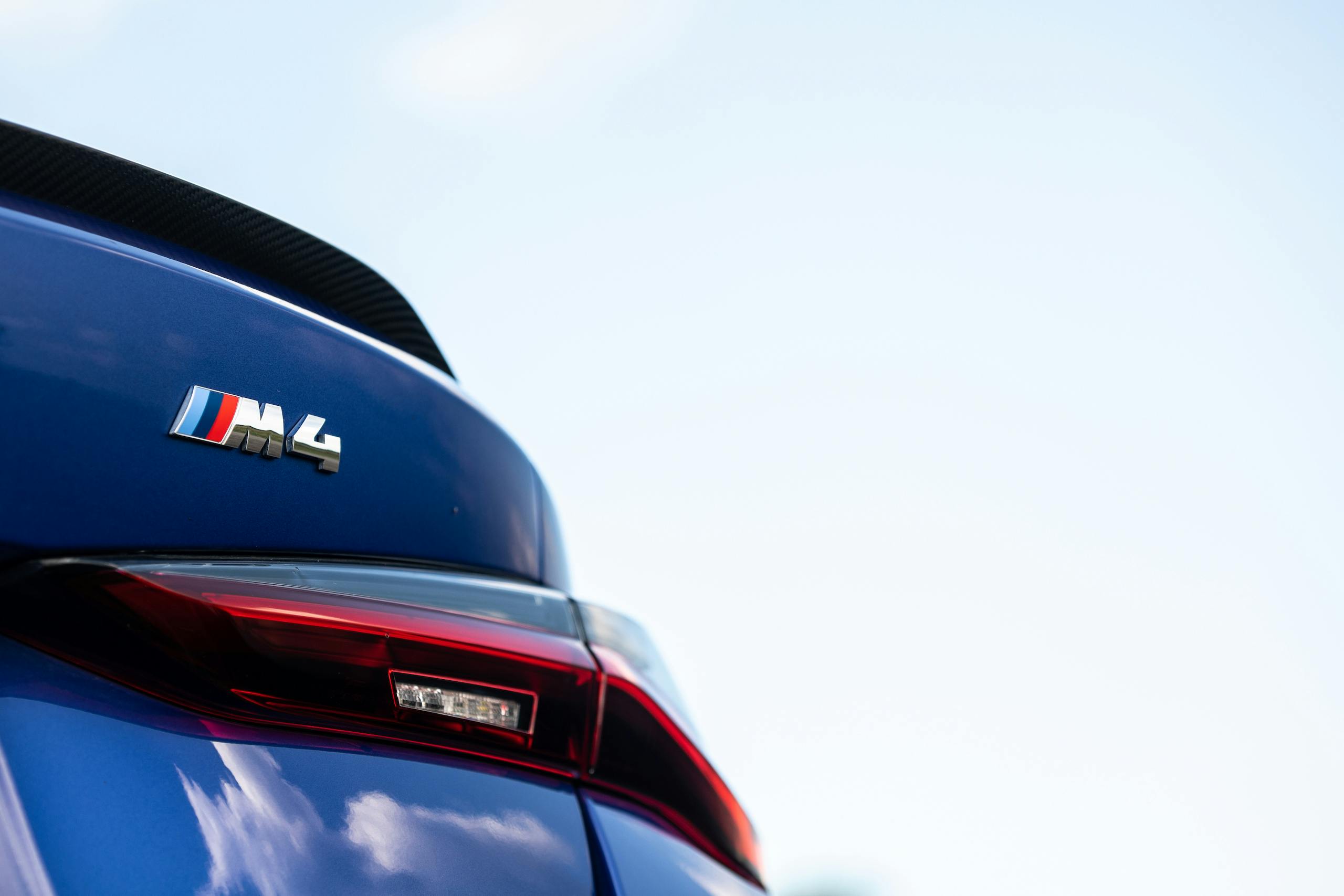
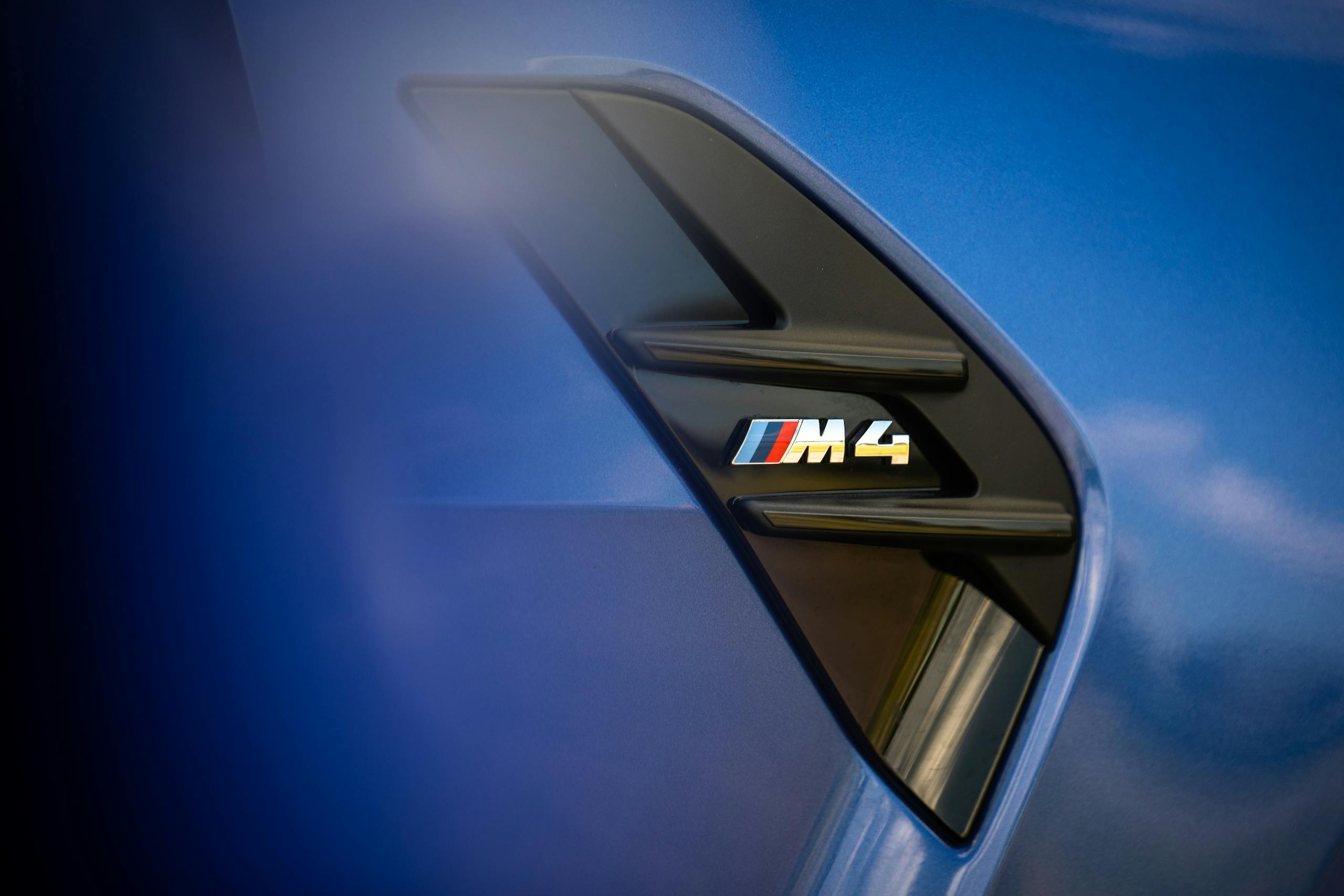
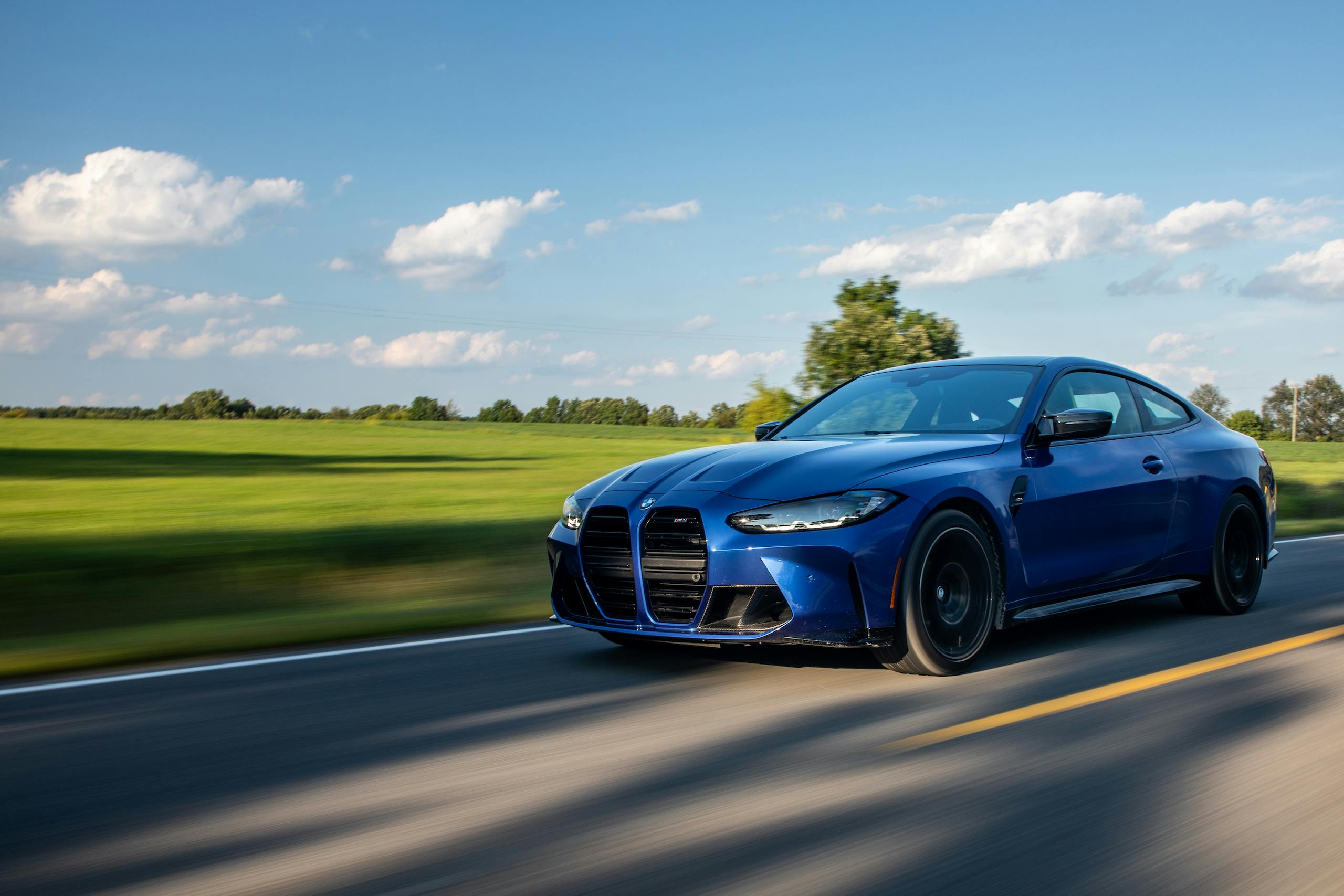

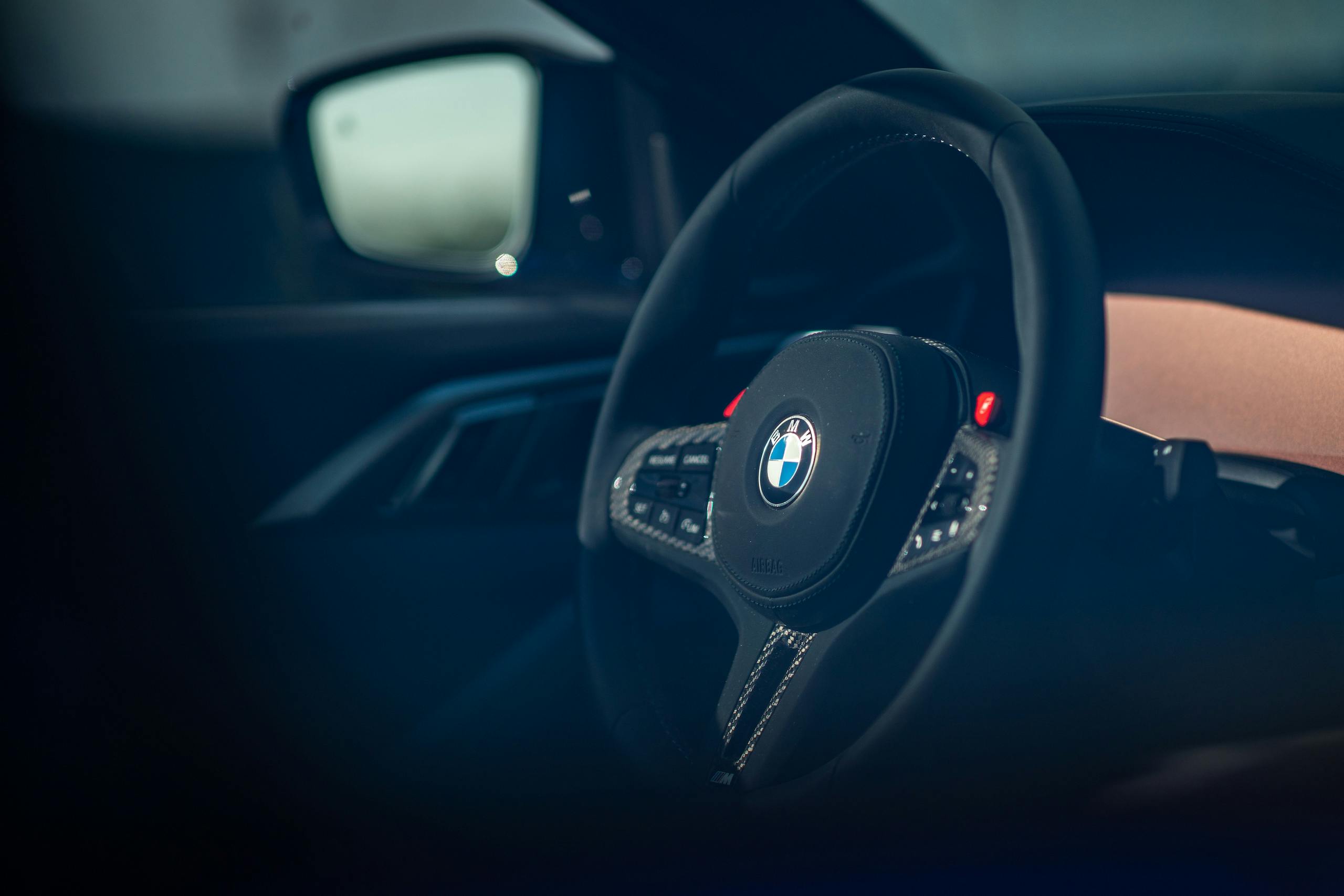

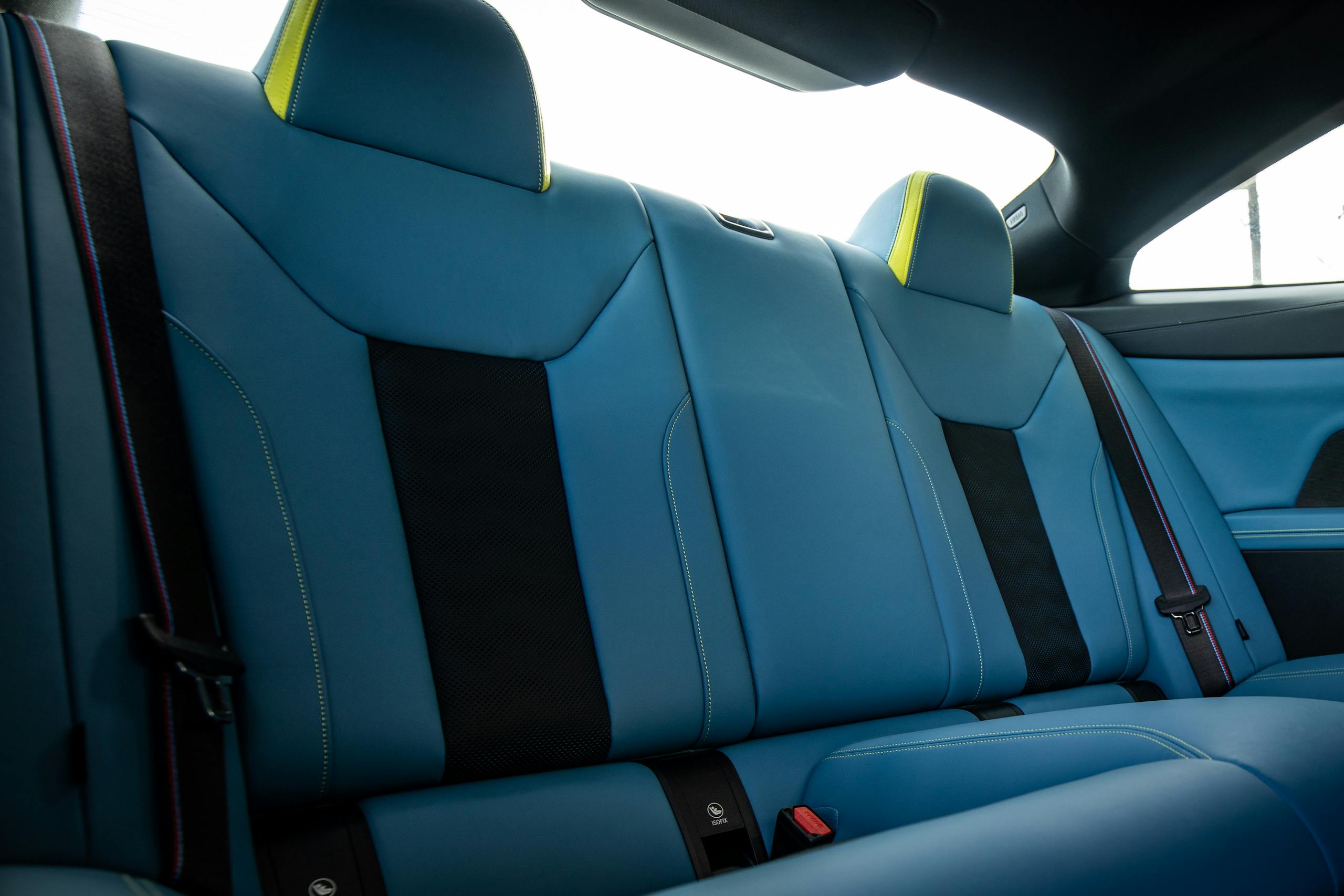
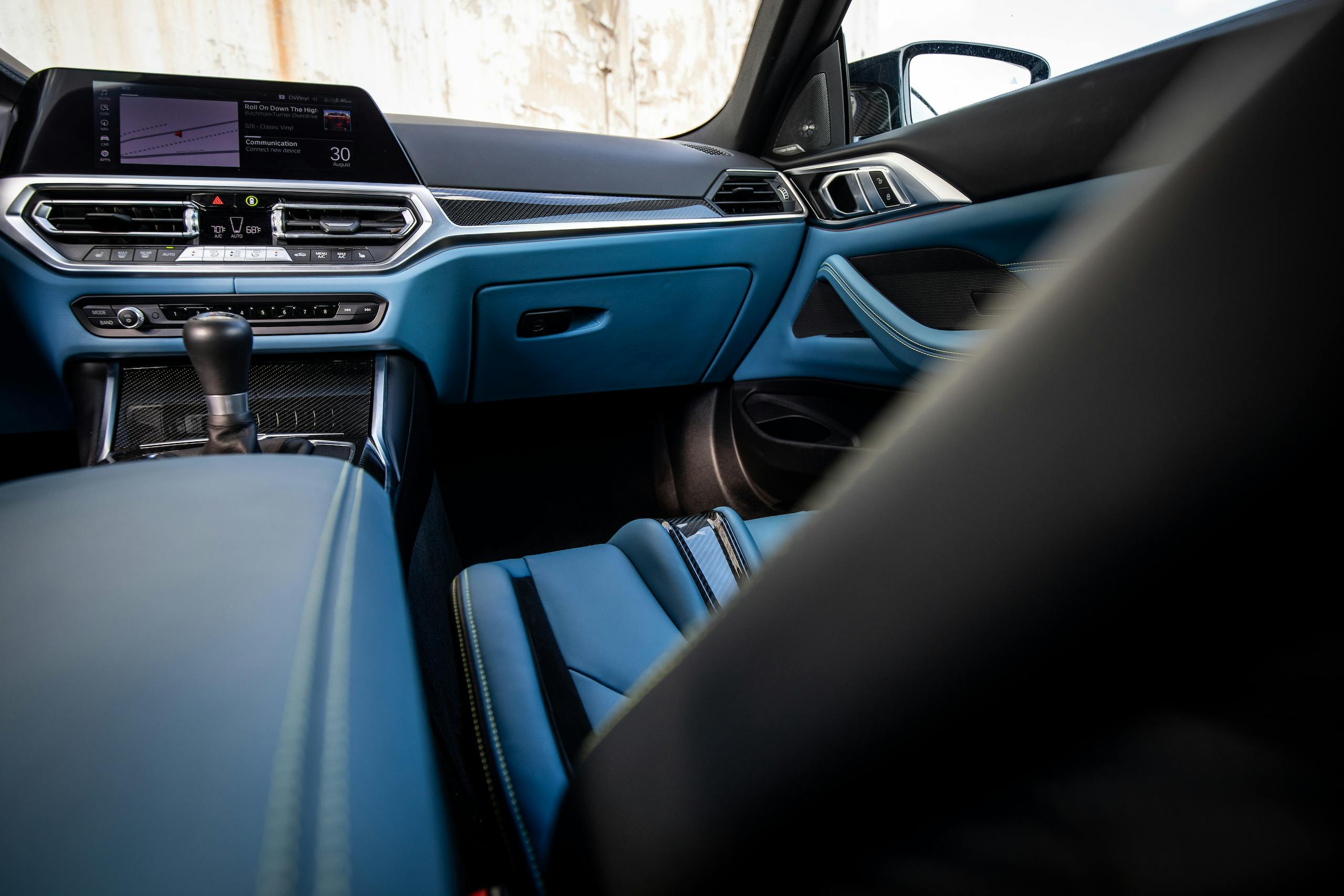
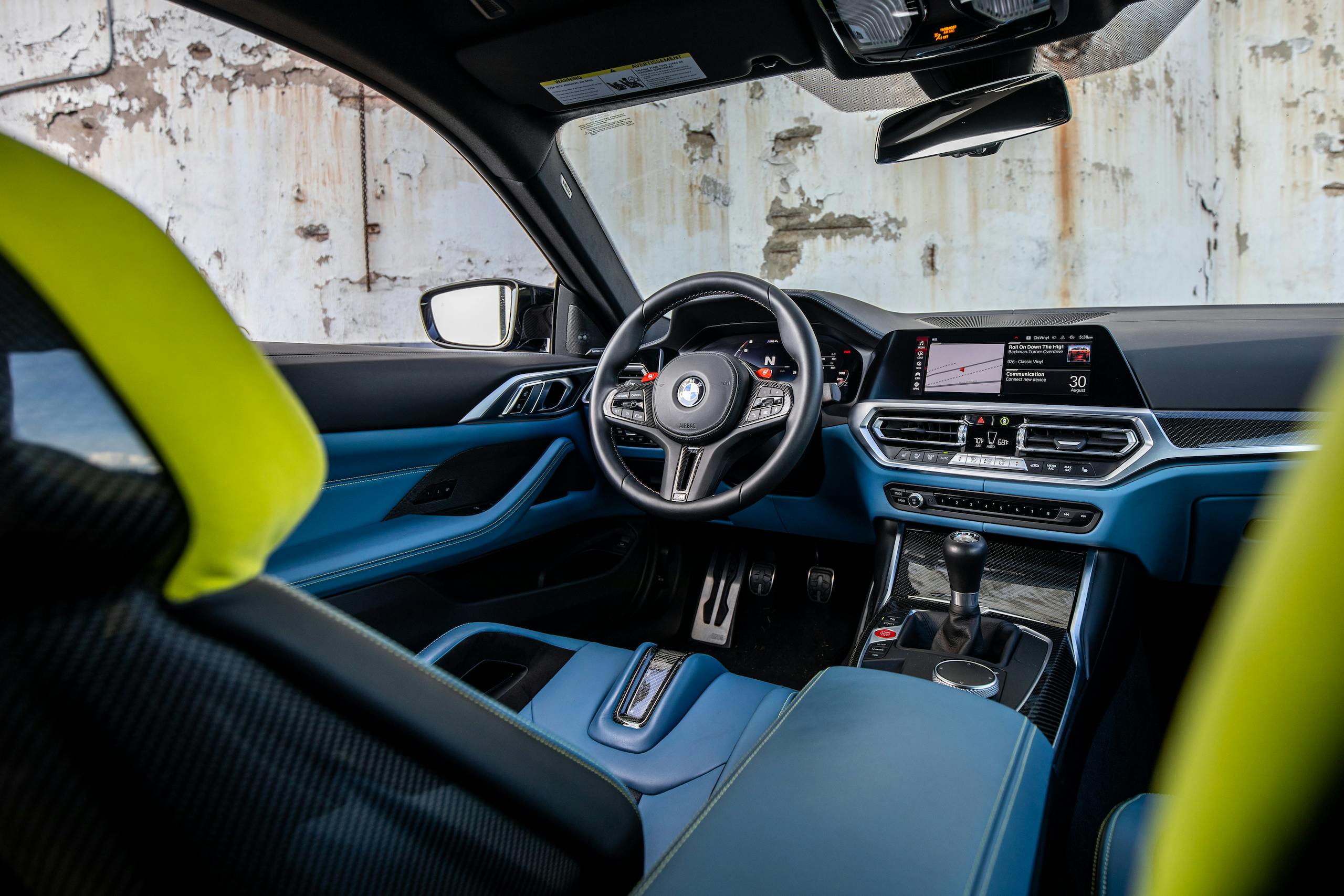
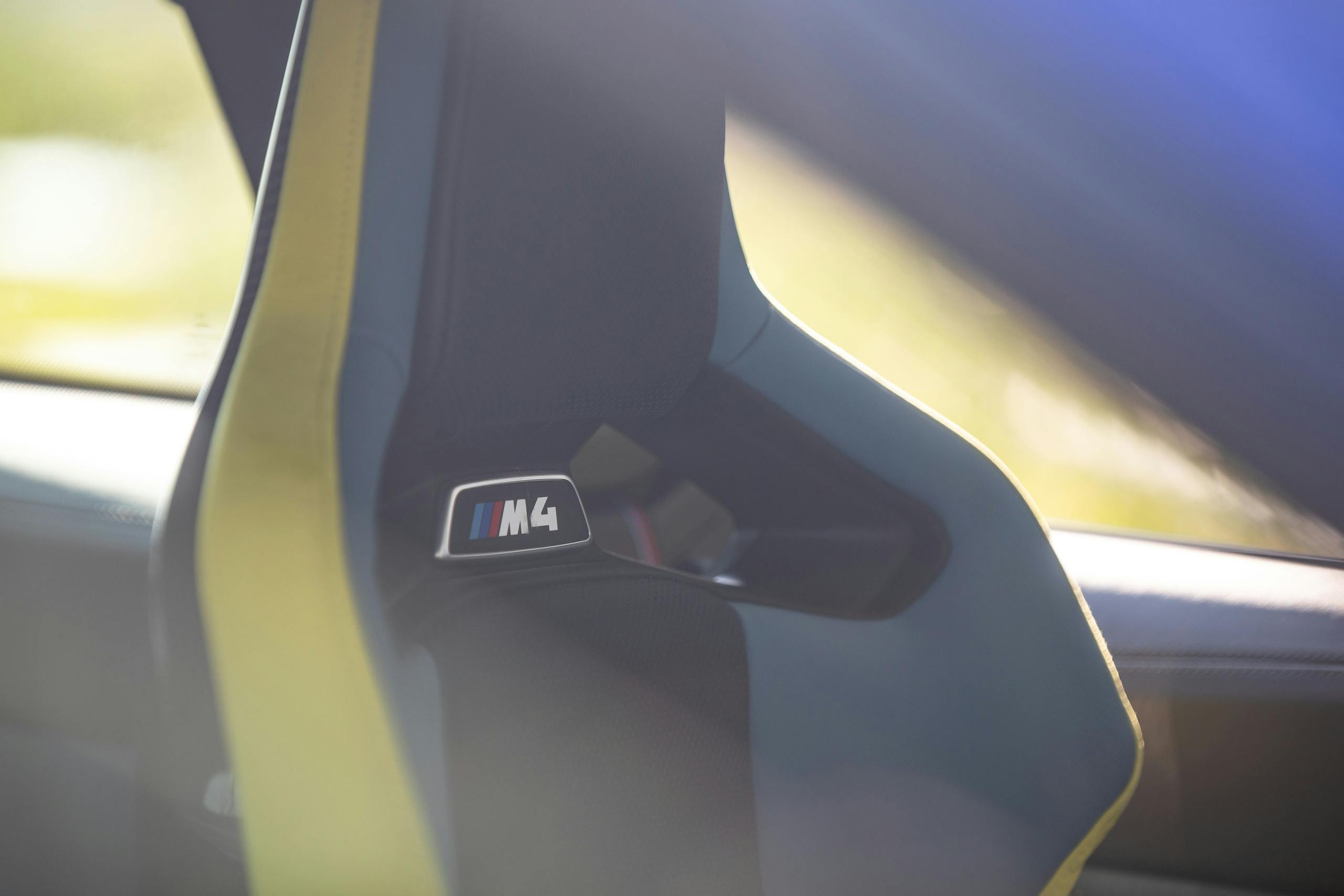
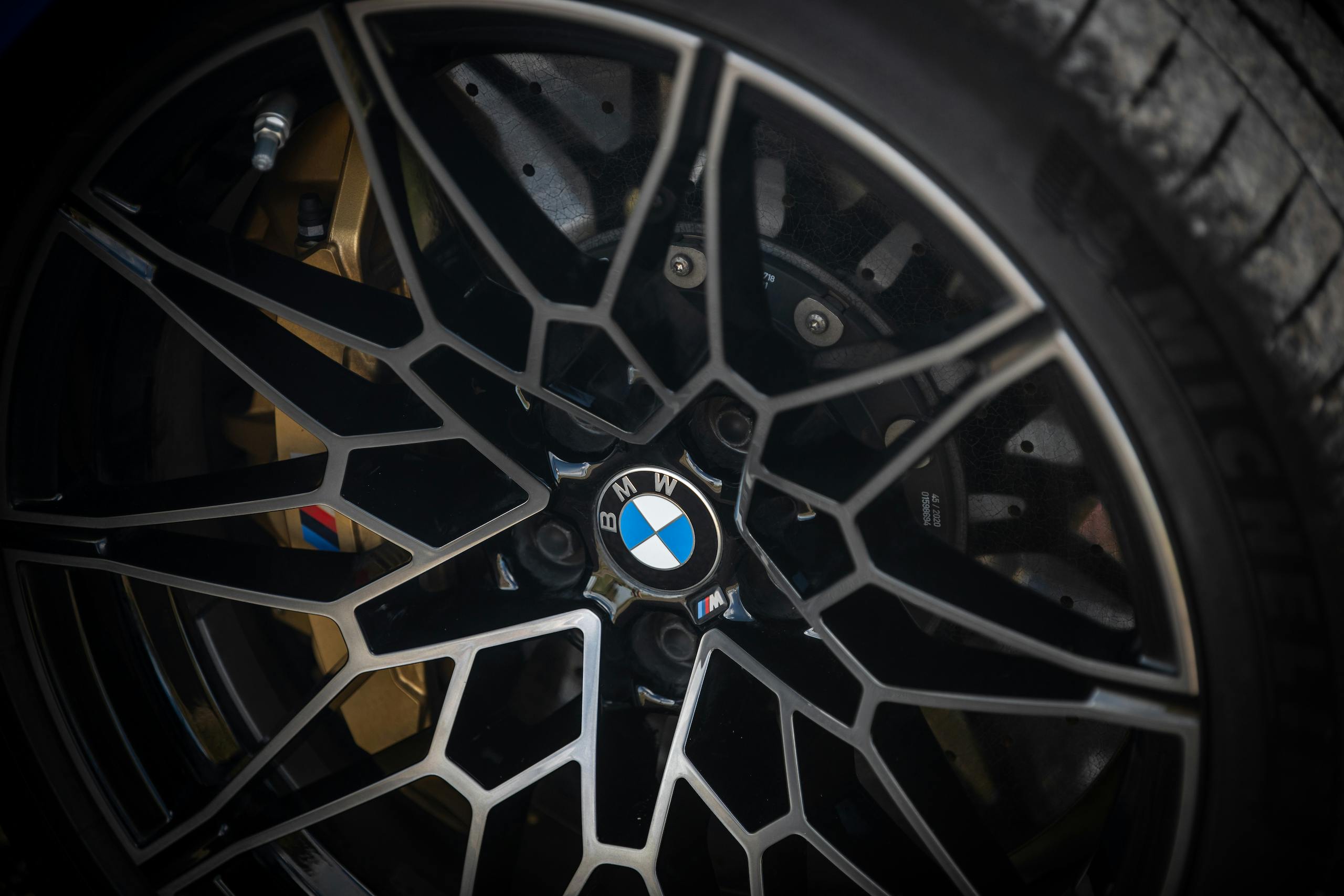
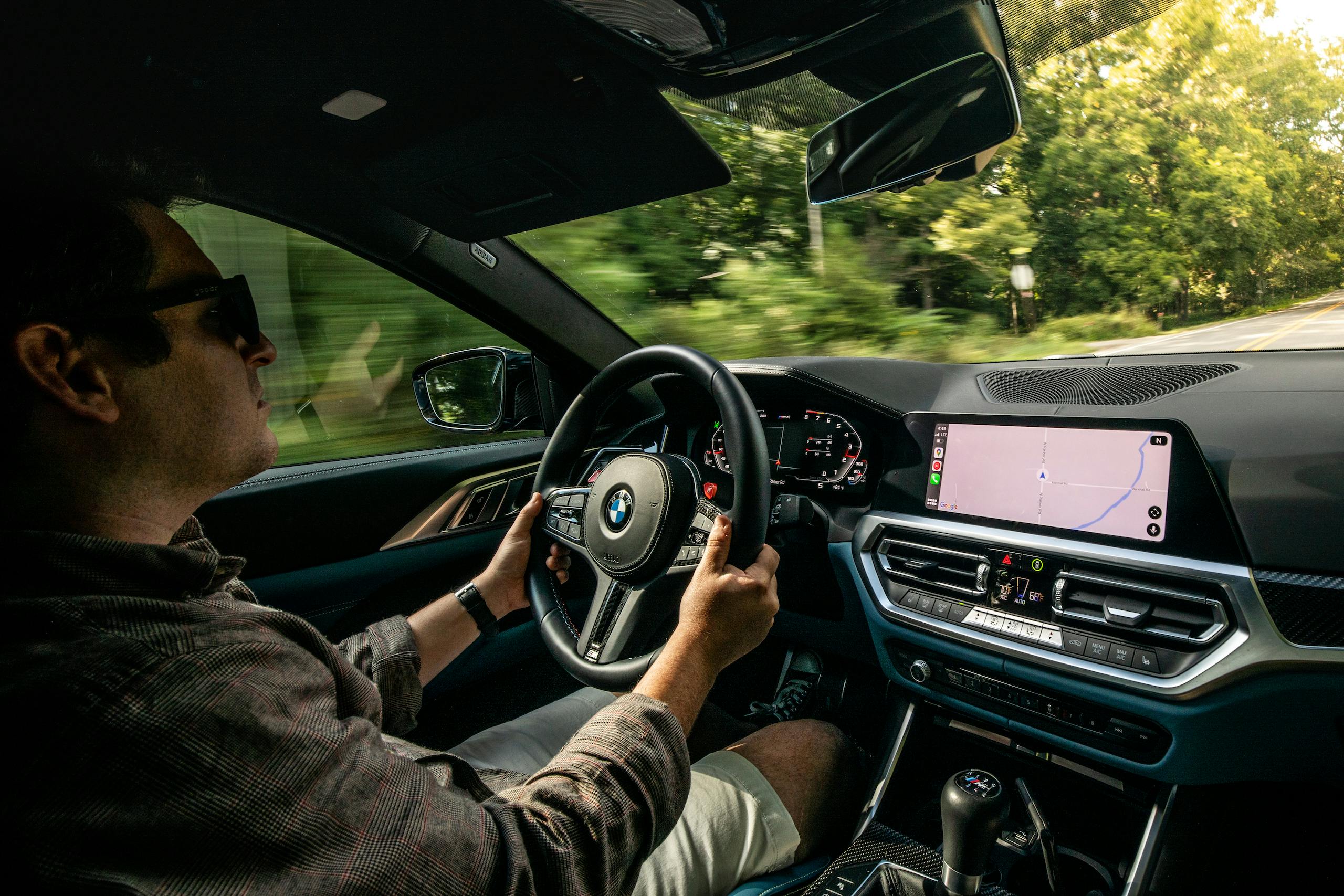


Yes, nice coolers good teal interior??? Sweet… I like the pre apocalyptic appearance, plain? Na-just enough without going over the visual hill to pulled land… I’d love to have one (hate) equality is on love and hate…